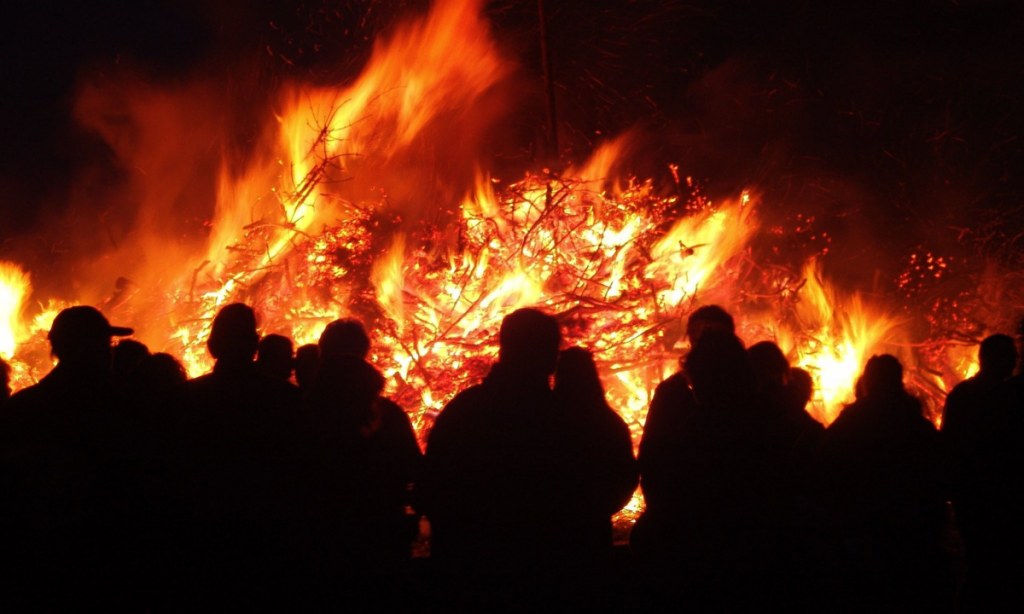Why PG&E Filed for Bankruptcy and How It Increases the Challenges Faced by Wildfire Victims

When Pacific Gas and Electric Company (PG&E) filed for bankruptcy in 2019, it marked a pivotal moment in California’s wildfire crisis. The utility giant faced billions in liabilities linked to a series of devastating wildfires that ravaged communities, destroyed homes, and took lives.
For wildfire victims, this bankruptcy created a complex legal and financial landscape. Many hoped for swift justice and fair compensation but found themselves caught in delays, confusion, and uncertainty. The impact of PG&E bankruptcy settlements on new wildfire claims has added another difficulty for those seeking restitution.
This financial restructuring wasn’t just a business move—it had actual human costs. As PG&E prioritized its survival, many victims were left waiting for years to receive partial or reduced compensation for their losses.
This article explores why PG&E filed for bankruptcy and how that decision complicates the recovery efforts of wildfire survivors.
What Led PG&E to File for Bankruptcy?
PG&E’s bankruptcy wasn’t a sudden decision—it resulted from mounting legal pressure. After several major wildfires, including the Camp Fire in 2018 (California’s deadliest and most destructive wildfire), the company faced an estimated $30 billion in liabilities. Investigations found that PG&E’s equipment was responsible for sparking many of these fires, which fueled a flood of lawsuits from victims, insurers, and government agencies.
In response to the growing financial strain, PG&E filed for Chapter 11 bankruptcy protection in January 2019. This allowed the utility to pause lawsuits and restructure its debts while continuing to operate. However, this move immediately impacted the ability of wildfire victims to seek timely compensation.
The Human Toll Behind the Financial Collapse
PG&E’s bankruptcy filing had far-reaching consequences beyond the courtroom. Thousands of families who lost loved ones, homes, and livelihoods were suddenly placed in legal limbo. Many had already been struggling with displacement, trauma, and financial ruin, only to find that the compensation process was now entangled in bankruptcy proceedings.
The establishment of the PG&E Fire Victim Trust was intended to resolve these claims. However, delays in funding, valuation issues, and tax complications created new obstacles. While PG&E set aside $13.5 billion for the trust, half came from company stock, leaving many victims dependent on the utility’s market performance to receive full payouts.
How Bankruptcy Affects Wildfire Compensation
Bankruptcy fundamentally alters how claims are handled. Once PG&E entered Chapter 11, wildfire victims became unsecured creditors. This means their claims had to compete with other financial obligations the company owed, including those of investors and bondholders.
Here are a few ways this affects victims:
- Delayed payouts: The claims process under bankruptcy can take years, leaving survivors without critical funds when they need them most.
- Reduced compensation: Settlements may be less than the actual value of damages due to limited resources and competing claims.
- Emotional strain: Navigating bankruptcy courts and trust procedures adds a legal burden to already overwhelmed individuals and families.
In many cases, victims needed legal assistance just to understand their rights and options.
Legal Framework and Accountability
Under California law, utilities can be liable for wildfire damages even if not found negligent—a legal principle known as “inverse condemnation.” This strict liability standard has historically made it easier for victims to hold PG&E accountable. However, bankruptcy can override specific state-level processes, allowing the utility to manage liabilities under federal law.
The Bankruptcy Code (11 U.S.C. § 362) includes an automatic stay provision, which halts all lawsuits and collection efforts once a bankruptcy is filed. This stay blocked ongoing wildfire litigation, forcing victims to submit claims through the court-supervised process.
New Wildfire Claims Face Additional Barriers
While the bankruptcy addressed claims from past fires, new victims face challenges. Fires linked to PG&E’s equipment have continued even after the company emerged from bankruptcy in 2020. Although the utility agreed to safety reforms, its infrastructure and risk management concerns remain.
Victims of post-bankruptcy fires may find it harder to recover damages because:
- Prior settlements depleted PG&E’s resources.
- Legal precedent from the bankruptcy process can influence future claims.
- Public trust in the company’s willingness to compensate fairly has eroded.
Ongoing Uncertainty for Survivors
PG&E’s exit from bankruptcy did not resolve the deeper issues at play. The company is now under increased scrutiny from state regulators, but victims still report long wait times and inadequate compensation. Meanwhile, wildfires continue to be a threat in California, often fueled by drought, climate change, and outdated utility infrastructure.
Until systemic reforms are made to PG&E’s operations and the legal mechanisms for compensating fire victims, many survivors remain in a cycle of instability. They’ve lost more than just property—time, dignity, and a sense of justice.





